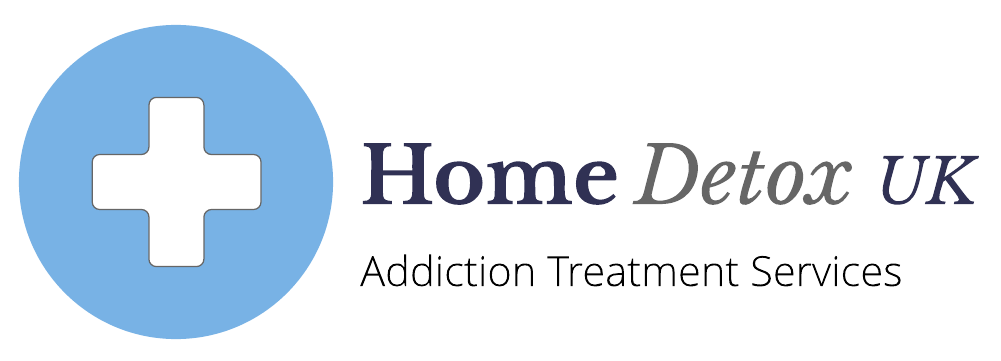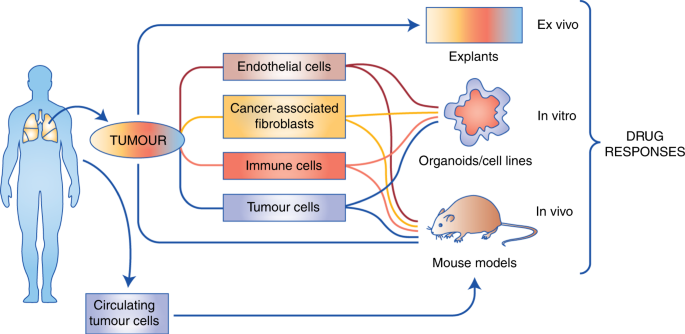Technique Decide how Juanita can reward herself when she successfully deals with any of the recognized triggers without smoking cigarettes. Another example of preparing stimulus control involves Angie, who stopped cigarette smoking cannabis as quickly as she found she was all of a sudden pregnant. what are some forms of treatment available to those suffering from opioid addiction?. She has chosen to keep the baby, however the brand-new tensions of her altering scenarios make her wish to indulge a familiar habit of listening to music to help her relax.
Angie tells her therapist that a recent attempt to play these songs was anything but relaxing since she discovered herself preoccupied with yearnings to get high. The therapist advised conversation of other methods Angie could utilize to manage this stimulus and handle her stress, perhaps by selecting other music or other activities.
Her therapist explained that their strategy could include future consideration of reintroducing the music once the brand-new habit of avoiding smoking cigarettes was more firmly developed. Simply put, managing the stimulus until its connection to the learned response has been extinguished might ultimately cause the possibility of increasing exposure to the neutered stimulus; in this case, Angie's beloved music.
Even when the individual has actually reached the action phase of modification, impractical expectations and fears about the pace of success are most likely. The therapist can utilize the continuous process of planning treatment to prepare the client to prepare for ups and downs, to depend on the assistance of the therapist in learning from both successes and failures, and to keep faith and hope in eventual development and increasing effectiveness.
The Buzz on What Disorders Are Observed In More Than 40% Of People In Addiction Treatment Centers.

From an operant conditioning viewpoint, substance usage recurs due to the fact that of the strongly strengthening residential or commercial properties of the behavior (detailed in Chapter 4 of Glidden-Tracey, 2005). Therapy in the action stage of modification can utilize operant knowing concepts by preparing methods to modify the patterns of support for the client's behaviors. According to Prochaska and Norcross (1994 ), to the level that the effects of habits are under control of either member of the treatment dyad, the technique of contingency management involves determining and applying significant rewards for habits that are incompatible with compound misuse.
As behavioral therapists have actually frequently noted, the nature of support is challenging since the potency of a reward differs throughout people, and due to the fact that the aspects strengthening an individual's habits are not always obvious (Cahoon & Cosby, 1972). Functional analysis is prescribed in behavior modifications to tease out the reinforcement mechanisms particular to individual customers.
The satisfaction and relief that comes with the impact of the chemical on brain functions is frequently reinforced by social reinforcers. What this means in planning treatment for addictive disorders is that efforts to modify the contingencies of behavior, starting with a functional analysis of reinforcement patterns, will work better if the therapist acknowledges the benefits as well as the expenses the customer has actually sustained from compound usage (Sobell, Sobell, & Sheahan, 1976; Tucker, Donavan, & Marlatt, 1999).
Constant with inspirational speaking with concepts (Miller & Rollnick, 2002), the therapist needs to stabilize this empathy with consciousness-raising about the harmful consequences of continuing use, therefore developing disparity. This empathy and disparity are necessary in preparing treatment in the action phases of modification for two factors. First, the customer's increased awareness of such strong, combined inspirations for and versus changing habits assists to anticipate the problems connected with doing something about it that achieves the requirement objective.
What Is The Best Treatment For Drug Addiction Things To Know Before You Buy

Second, the therapist's position of compassion with inconsistency interacts the therapist's gratitude of the salience of reinforcers taking on the customer's efforts to change. The therapist's understanding of the client's completing inspirations assists the therapists "roll with resistance." A client who senses that the therapist shares the problem of the customer's battle to keep action tends to feel supported rather than criticized.
Such experiences likewise add to boosts in the customer's self-efficacy for change. The research literature on treatments of compound usage disorders contains numerous research studies of contingency management approaches where the benefits for customer behavior consistent with treatment objectives were under the therapist's control (e - what order do you do addiction treatment.g., Budney, Higgins, Radonovich, & Novey, 2000; Carroll, Sinha, Nich, Babuscio, & Rounsaville, 2002; Higgins, 1999; Higgins, Wong, Badger, Ogden, Haug, & Dantona, 2000; Tidey, O'Neill, & Higgins, 2002).
The vouchers can later on be exchanged for desirable products or opportunities. Applications to outpatient treatment have likewise been successfully made use of. Proof indicates that voucher systems are usually effective in decreasing compound usage throughout treatment, but that these gains tend to drop off relatively soon after treatment ends (Epstein, Hawkins, Covi, Umbricht, & Preston, 2003; Rawson, et al., 2002).
When the benefit (token, opportunity, and so on) is under the control of a party external to the client, such as the therapist or treatment service provider, clients do not have access to that reward till they carry out the contingent response. But when it is up to clients to enhance themselves for actions that follow treatment or aftercare objectives and incompatible with continuing bothersome substance use, the conflict with contending benefits emerges.
The Definitive Guide for How To Open An Addiction Treatment Center
In the less controlled environments where nonresidential treatments play out, the customer must learn to control her or his own Discover more here rewards and actions to the level possible. B.F. Skinner wrote that the biggest flaw in humanity is the tendency to prefer easy, immediate, but potentially harmful consequences over benefits that take more time and effort to acquire, even if their general benefits to the individual are higher.
Hence treatment planning in the action and maintenance phases of modification presents contingency management methods of both Click here to find out more types: (a) where an external party controls administration of the reinforcers for brand-new behavior, and (b) where the customer uses self-reinforcement. The former might be better in the early phases of action, when customers are more likely to penalize themselves for incomplete efforts or outright failures to reach target behaviors.
An example would be the customer who chose to buy herself a brand-new garment after one full week of sobriety, however then shopped before the goal was achieved, or talked herself out of the purchase even after successfully satisfying the objective since she had actually struggled a lot with yearnings during the week that she did not feel she deserved the brand-new outfit.
For example, a client http://trevorhtgk256.bearsfanteamshop.com/h1-style-clear-both-id-content-section-0-the-ultimate-guide-to-what-is-the-most-common-form-of-medical-treatment-for-opioid-addiction-h1 in early remission from an alcohol usage condition can not alter the reality that many supermarket consist of aisles displaying alcohol, which has in the previous offered liquid support for shopping. Nevertheless, the client can discover to modify the experience of grocery shopping in anticipation of the prompts and cravings promoted by a look of that liquor aisle.
Psychologists Who Treat Pregnancy And Addiction Treatment Fundamentals Explained
In numerous situations customers are not in a position to completely prevent supermarket (or benefit shops, or restaurants, or beer commercials on TELEVISION, and so on) and the ensuing cravings. For such customers the treatment strategy might include time to talk about alternate analyses of the circumstances that activate urges and yearnings, as well as behavioral alternatives the client has in action to those different analyses.